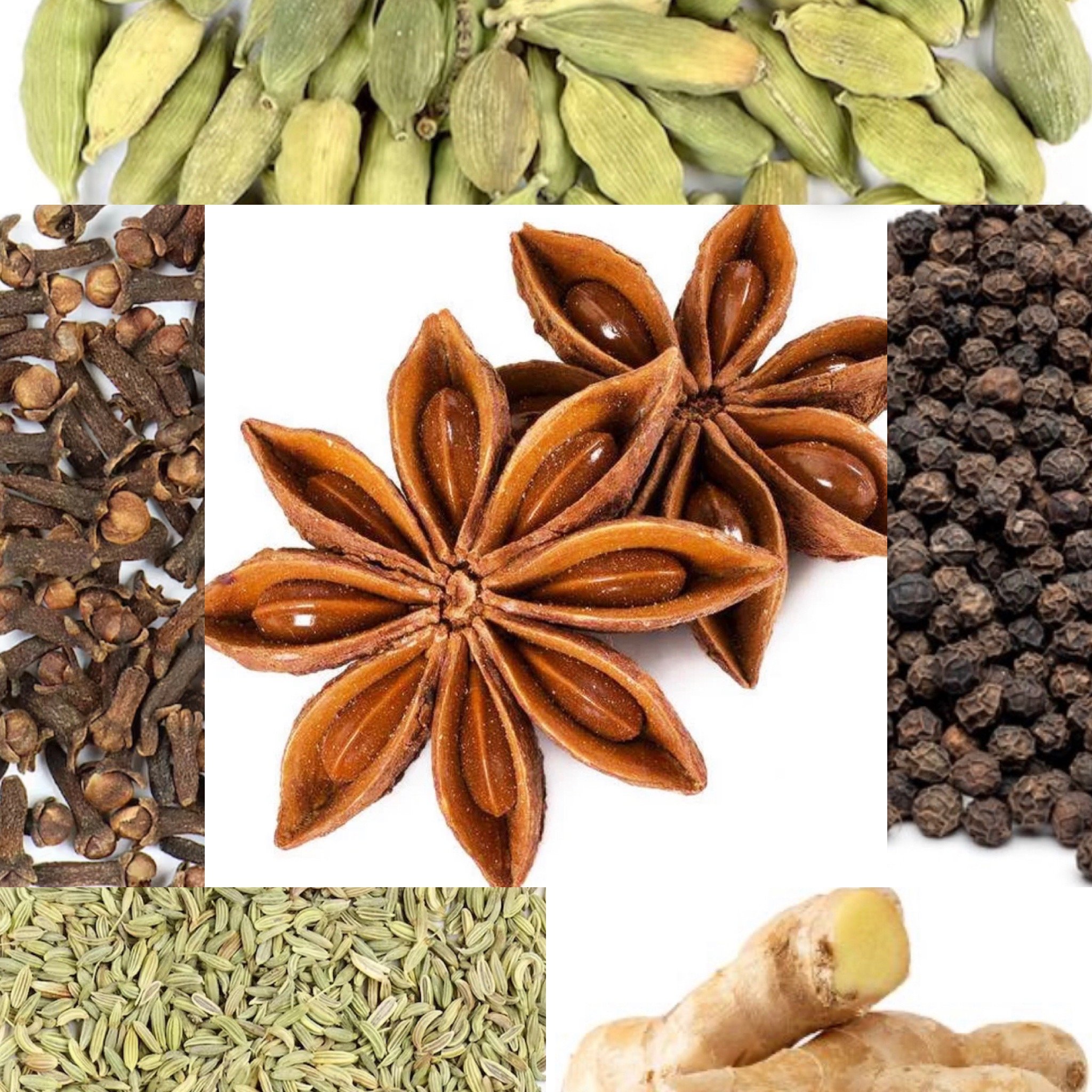One of the hallmarks of a healthy life is a healthy and balanced digestive system. Our body tell us our digestion is too sharp when we have sour stomach, acid reflux, or runny stools. Our body tells us our digestions is irregular with symptoms of gas, bloating, lack of appetite, and constipation or ‘hard’ stools. When digestions is slow, our body offers symptoms of lethargy after eating, low appetite, and sticky or ‘cow patty’ type stools.
Symptoms of healthy digestion include being hungry at regular mealtimes, regular snake shaped stools that happen naturally in the morning without effort, and a general sense of health and lightness. People with good digestions have a healthy glow in their complexion, fewer colds, and less chronic disease.
When your digestions is running smoothly, it can easily process the food you eat each day. Food that does not get digested or eliminated daily turns into toxic waste, leading to disease. A healthy digestive fire and effective elimination are the first priority in the management of ‘Samprati’, or the 6 stages of the Disease Process as outlined in the Ayurvedic texts.
To prevent disease and bodily distress, traditional Ayurvedic remedies include proper diet and lifestyle for your current condition and stage of life, as well as teas, spices, and herbs to help support your body’s natural function. Before allopathic medicine gave us pills to reduce tue symptoms of illness, humans used food as medicine- it was inexpensive and readily available to all demographics.
Here’s a simple and effective winter tea to boost immunity and regulate a healthy digestive process. If you have a sharp digestion, you would reduce clove and pepper, and increase fennel, and add a sprig of mint.
INGREDIENTS
Fresh Ginger
4 Black Peppercorn
4 Clove
Seeds from 3 Cardamom Pods
1 Star Anise
.5 tsp Fennel Seed
1 cup Water
INSTRUCTIONS
Pour 1 cup fresh water into a pot, set on high heat to boil.
Slice or grate about a tablespoon of fresh ginger root, or use the fiber from a recently grated root. Add to water
Add the black peppercorn, cardamom seeds, and star anise to the water. Allow to boil.
Remove from heat and add clove buds and fennel seeds. Let steep for at least 2 minutes.
Strain and pour. Enjoy before meals or double the recipe and sip all day for a warm belly and strong digestion.
HERE’S WHY WE LOVE IT
Ginger - this root that can be dried and powered is a leader in the royal family of healing spices. It raises digestive fire, reduces toxins in the GI tract and joints, reduces nausea, headache, phlem, stops hiccups, and alleviate cough and breathing difficulties. It warms the body and offers rejuvenation. This natural ant-iinflamatory is used as a paste for muscle cramps and PMS. In Sanskrit, gingeris said to be Ama Hara - Victory over Toxicity. Fresh ginger is less heating than dried / powered ginger which is important to keep in mind during summer months. Taking 2 ginger capsules 4 hours before flying, and evert 4 hours until you reach your destination will alleviate the symptoms of jet lag, ensuring you can enjoy your time away more readily and in great health!
Black Pepper - the Sanskrit name Marich is a name for the Sun, reminding us that it contains great amounts of solar energy! This peppercorn spice is heating and is healing for plasma, blood, fat, bone marrow, and nerve tissue. It supports not only digestion but also circulation and respiratory function. It’s used for chronic indigestion, to remove toxins from the colon, improve slow metabolism, reduce obesity, reduce sinus congestion, and to warm your cold extremities. In Chinese medicine it’s been used to treat epilepsy. Studies have shown that it has an impressive antioxidant and antibacterial effect and works to ‘stimulate’ and break down fat cells, making it useful in safe weight loss.
Clove - we use the dried flower buds of this sassy spice. Its warming effects work to clear and clean plasma (lymph system), muscle, marrow, nerve, and reproductive tissues. It acts as an expectorant for coughs and colds, and is beneficial as a remedy for asthma. It supports dental health, and is used for toothaches. It reduces vomiting hiccups, laryngitis, and improves libido and considered a mild aphrodisiac.
Cardamom - this pungent / sweet culinary spice comes in the form of a seed pod, filled with tiny bursts of flavor. They can be ground into a powder. One of the more expensive spices to have in the house, it enkindles digestive fire, reduces toxins in the digestive tract allowing for greater absorption of nutrients, alleviates muscle pain and spasms by releasing blockages in the channels of the body. It works to prevents nausea, helps eliminate coughing, hiccups, and helps clear the sinuses. This spice is said to promote sexual potency, while also supporting the body’s natural function to release toxins through sweat and urination.
Star Anise - this warming aromatic herb is the star of my tea show! Used in both Chinese and Ayurvedic medicine, it promotes circulation reducing cold-stagnation. Its said to be a powerful antioxidant, antimicrobial, and antifungal. Modern medicine has taken note - Shikimic acid is the active ingredient in flu medicines (including Tamiflu), which is extracted from star anise, making it an obvious choice for cold and flu season. While promoting appetite, improving digestive fire, it also reduces gas and bloating. Good for lactating mothers who seek to increase their volume, it may also be used under the direction of an Ayurvedic Practitioner to reduce menopause symptoms. This small evergreen tree is native to China, Japan, and Vietnam. This tree’s dark brown ‘star’ has six to eight seeded petal-like segments and is harvested just before it ripens.
Fennel - this delightful seed is sweet, spicy, and bitter - giving us a 3 in 1 benefit. It improves digestive fire, while also reducing cramps, gas, and nausea by soothing the nerves in the smooth muscles of the body. It works to reduce cough and asthma, and clears heat out of the urinary system. Dry, light, sweet and warming, fennel is beneficial to lactating mothers by promoting milk volume. The Sanskrit name Madurika means ‘one who is sweet in nature’.
Culinary Spices don’t have to be expensive!! Find your local Indian Grocery and explore the produce aisle, the variety of herbs and spices, the different types of ghee, an array of kitchen gadgets and containers, and so much more for a fraction of what you might pay online or in a western grocery!
Ayurvedic remedies and protocol are not a replacement for mindful and proactive health including regular checkups with your doctor. Ayurvedic diet and lifestyle works to prevent illness, and addresses the root cause of disease. Ayurveda and Western Medicine can walk hand-in-hand to help you navigate this modern life with practical ancient techniques that support your long life and health.

